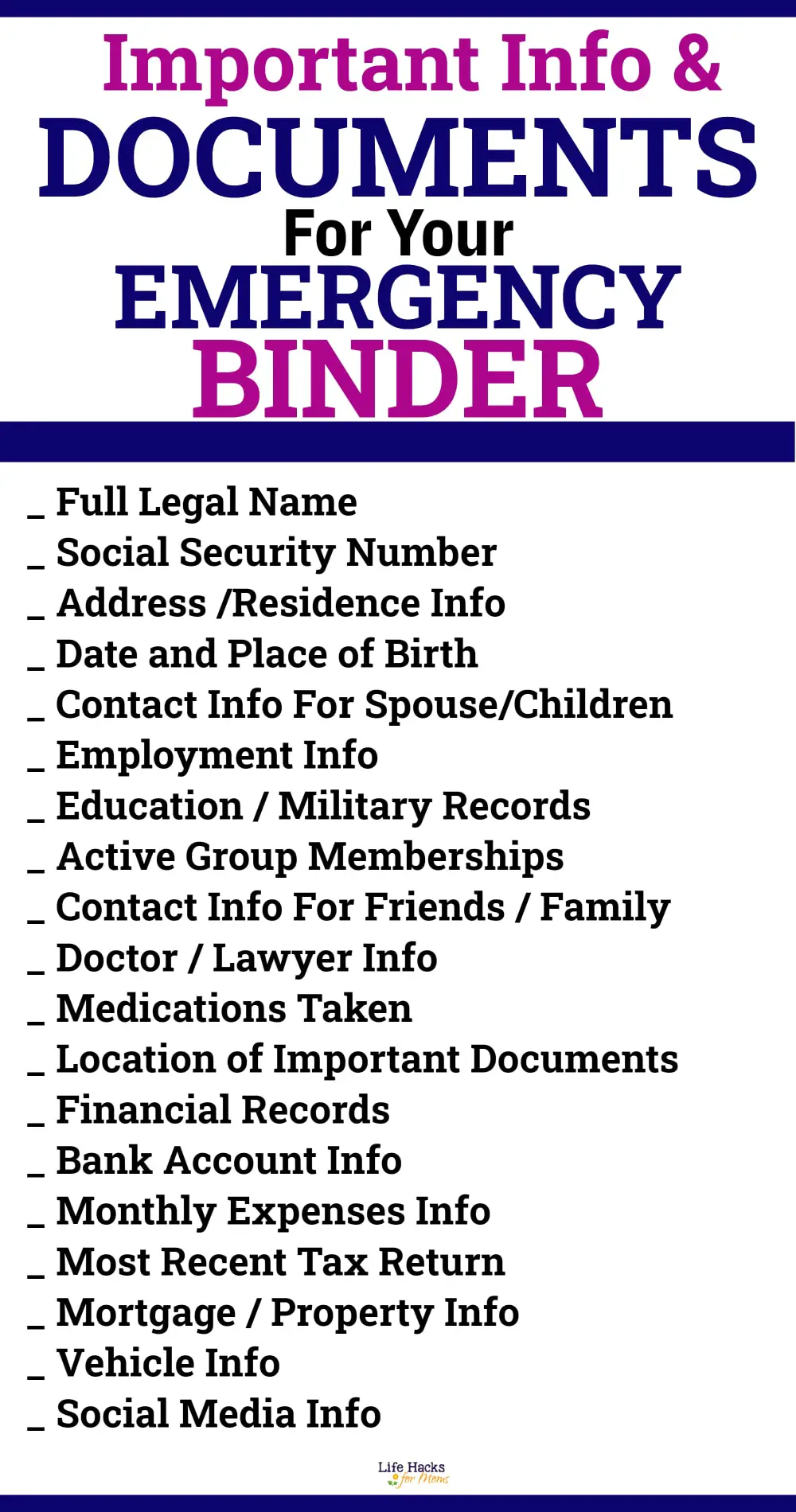Rehire Paperwork: Top 5 Essential Documents Checklist

Introduction

When it comes to rehiring employees, businesses must ensure they handle the process smoothly to avoid legal complications and to maintain a positive relationship with returning team members. Having the correct rehire paperwork in place is not just a formality, but a crucial step to onboarding former employees effectively. Here’s a comprehensive guide detailing the top five essential documents that should be included in your rehire documentation checklist.
1. Rehire Agreement

The first document in the rehire paperwork is the rehire agreement. This document:
- Clarifies the terms of employment.
- Details the job role and expectations.
- Sets expectations for both parties regarding compensation, work hours, and other conditions.
Here are some key points to consider when preparing this agreement:
- Job Title: Clearly define the position the rehired employee is returning to.
- Start Date: Specify when the employment will commence.
- Termination Notice: State the notice period required for termination from either side.
🔍 Note: Ensure the rehire agreement complies with current labor laws and regulations to avoid legal disputes.
2. Updated Personal Information Form

The rehire process necessitates updating employee information. This form should capture:
- Current address and contact details.
- Bank details for payroll purposes.
- Emergency contact information.
- Any changes in personal circumstances like marital status, name change, or dependents.
| Section | Details Required |
|---|---|
| Personal Details | Name, Address, Contact Info |
| Employment Details | Job Title, Department |
| Payment Details | Bank Account Info, Tax Code |

3. Non-Disclosure Agreement (NDA)

If your company handles sensitive information, it’s essential to have employees sign an NDA. For rehires:
- Reaffirm confidentiality expectations.
- Reevaluate the terms of the agreement if significant changes have occurred in the business or the employee’s role.
- Ensure compliance with legal standards regarding confidentiality.
4. Rehire Acknowledgement Form

This document serves to:
- Confirm the employee’s understanding of the rehire terms.
- Document that the employee has received and understood the updated company policies and procedures.
- Address any prior performance or disciplinary issues to avoid future misunderstandings.
🔎 Note: The acknowledgement form should be clear and concise, encouraging the employee to ask questions if they have any doubts or concerns.
5. Authorization for Background Check

When rehiring, it’s prudent to conduct a fresh background check. Here’s what this form should include:
- Written consent from the employee.
- Purpose of the background check.
- Scope and extent of the check.
- Information on how the results will be used in the hiring decision.
Summary

Completing the rehire documentation checklist efficiently ensures a seamless re-entry for former employees. Each document serves a unique purpose, from establishing legal rights and obligations to protecting company assets and ensuring compliance with regulations. Remember, these documents are not just bureaucratic hurdles but crucial steps towards a productive and legally sound rehiring process. By keeping these documents up-to-date and ensuring they reflect current laws, companies can avoid potential disputes and maintain a positive work environment.
What happens if a former employee refuses to sign the rehire agreement?

+
If an employee refuses to sign the rehire agreement, the company can either renegotiate the terms or reconsider the decision to rehire. It’s important not to pressure anyone into signing; legal counsel might be necessary if there’s a significant disagreement.
How often should the NDA be reviewed?

+
NDAs should be reviewed annually or whenever there are significant changes in company structure, employment conditions, or legal requirements related to confidentiality.
Can rehired employees request changes in their role?

+
Yes, employees can negotiate their roles during the rehire process, but the final decision lies with the employer, considering the company’s needs and the employee’s qualifications.



